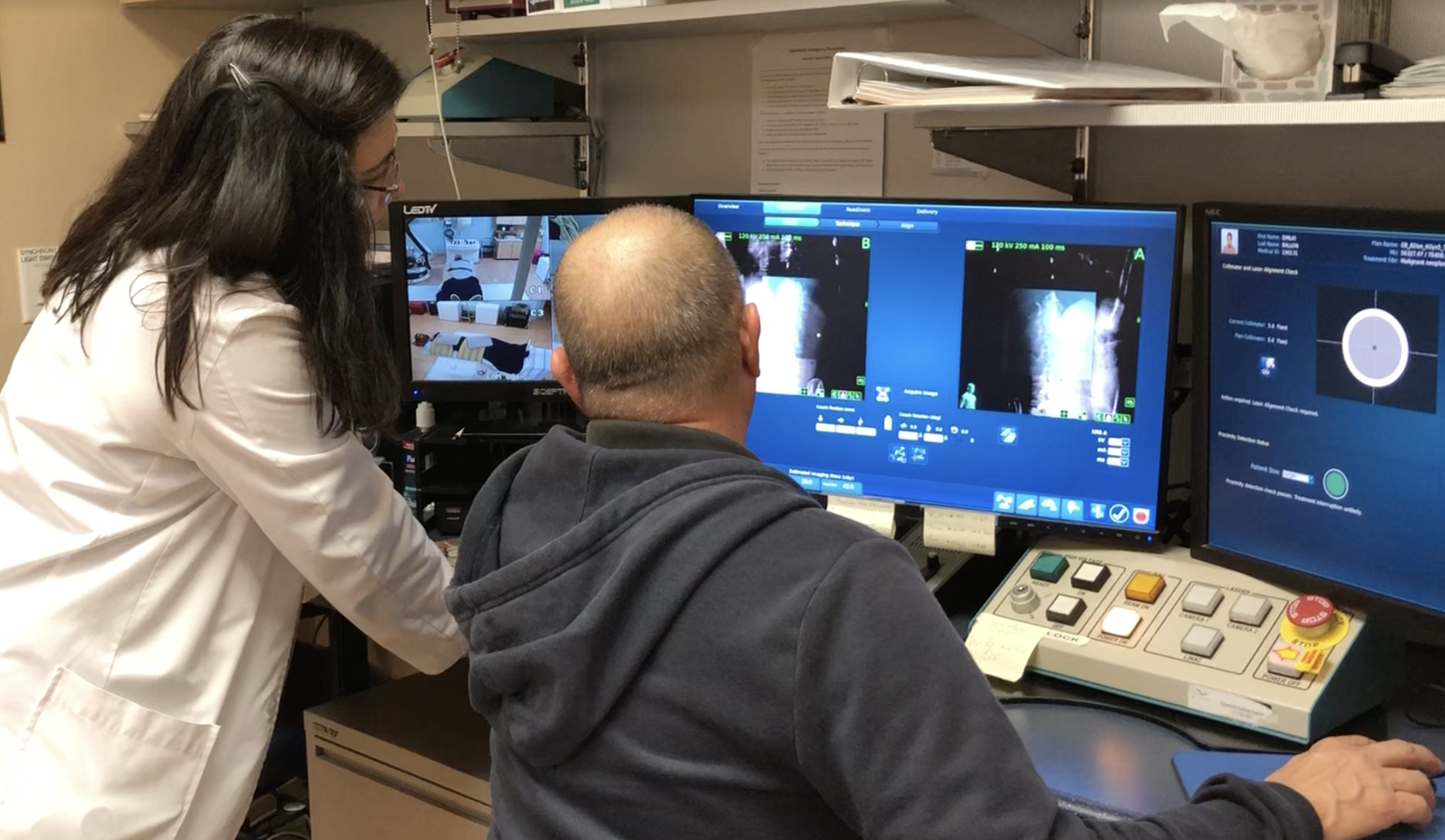CyberKnife, also known as Stereotactic Body Radio-therapy (SBRT) for liver cancer shows long-term safety!
In a follow-up to a previous study on the safety and efficacy of stereotactic body radiotherapy for patients with small hepatocellular carcinomas, researchers found that incidence of grade 3 or higher adverse events did not increase after longer follow up times.
“In several reports on the results of HCC treatment with [stereotactic body radiotherapy (SBRT)], the median follow up duration was close to 30 months and the authors assessed the outcomes at 3 years,” Katsumaro Kubo, MD, from the Hiroshima Prefectural Hospital, Japan, and colleagues wrote. “However, radiation therapy is not considered as an option for the treatment of HCC in the [Barcelona Clinic Liver Cancer (BCLC)] guidelines and the reason may be the uncertainty of the long term outcomes. To address this concern, we extended the follow-up period and analyzed the long term outcomes at 5 years.”
In the previous study, 77 patients with a total of 93 tumors underwent SBRT. Patients had either Child Pugh class A or B and had fewer than 3 HCC nodules no larger than 50 mm in diameter per lesion. Kubo and colleagues included 65 of the original patients in the new study.
Sixty patients underwent transarterial chemoembolization (TACE) before SBRT and 13 patients underwent TACE within 1 month to 3 months after SBRT.
Median follow up at the time of evaluation was 41 months (range, 3 79 months), while median follow-up for the 26 survivors was 62 months (range, 2479 months).
In the original study, the 2 year overall survival rate was 76% (95% CI, 65.486.7), progression free survival (PFS) was 40% (95% CI, 27.652.3) and local control (LC) was 100%.
Comparatively, the 3 year OS rate was 56.3% (95% CI, 44.168.5 and the 5 year OS rate was 41.4% (95% CI, 28.754.1).
Further, the 3 year PFS rate was 25.4% (95% CI, 1436.8) and the
5 year PFS rate was 10.6% (95% CI, 1.519.8).
Both the 3 year and 5 year LC rates were 100%.
Fifteen patients experienced grade 3 or higher liver toxicities at 6 months follow up.
After 1 year of follow up, 5 other patients experienced grade 3 or higher liver toxicities. No adverse events worsened in any patients and no patients developed gastrointestinal disorders or ulcers.
Multivariate analysis showed that tumornodemetastasis stage at treatment was a significant prognostic factor for PFS at 3 years (P = .0008) and that grade 3 or higher adverse events were a prognostic factor for OS at 5 years (P = .0049).
“Most patients in this study underwent resection and [radiofrequency ablation (RFA)] as initial therapies, which may have confused the results, including the OS and PFS rates,” the researchers wrote. “To compare with surgery or RFA, a prospective study of SBRT in HCC is necessary. If the efficacy and safety of SBRT are proved, it will be added as a treatment option that is comparable to resection or RFA for patients who were considered unfit or refused these other therapies.”
To learn more talk to our cancer experts at the CyberKnife Center of Miami 305-279-2900

